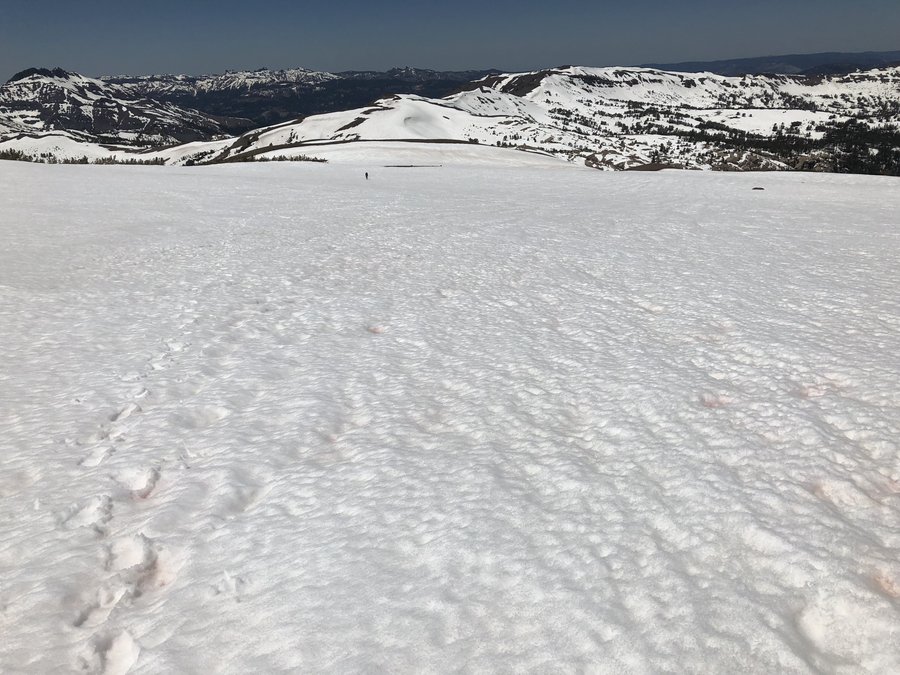After the recent record-setting winter storms in the region, snowpack levels for the Northern Sierra shot up to 114 percent of the normal level, and snowpack for the Central Sierra was at 101 percent.
Unfortunately, corresponding with that snowpack, is the risk of flooding later this spring.
To that end, area Congressman Josh Harder (CA-9), a member of the House Appropriations Committee, announced this past week that he helped secure $6.5 million for a critical program to monitor California snowpack levels in real-time in the House-passed government funding bill. Inaccurate snowpack information can result in wasted water, catastrophic flooding, and massive financial losses for area farmers and water districts. Rep. Harder has championed the Airborne Snow Observatory (ASO) Program to make sure accurate snowpack information is available in real time.
“This new funding is a big deal for making sure we have the water we need,” said Harder. “We’re used to these cycles of extreme drought followed by serious flooding, but we don’t always know what’s coming next. This funding will make sure our farmers, water districts, and scientists have accurate snowpack information so we have every drop of water we need and make sure melting snowpack doesn’t end up flooding our living rooms.”
Last year, Harder introduced a bill to address the flood risk created by melting overflowing snowpack. The Flood Prevention and Snowpack Management Act would require a task force to be assembled the day after California’s snowpack reaches 150 percent of the normal level. Harder has also pushed to increase water storage in the Central Valley and introduced the Securing Access for the Central Valley and Enhancing (SAVE) Water Resources Act last year. That bill provides a wraparound approach to addressing water issues facing the Central Valley by increasing storage opportunities, spurring innovation, and making investments in aging water infrastructure.





